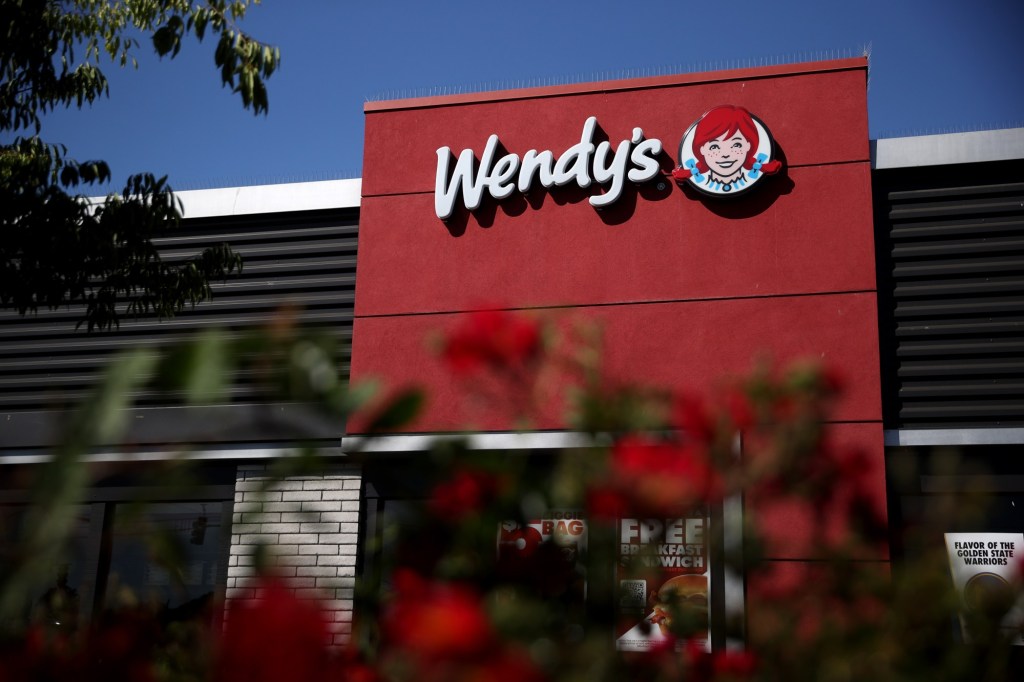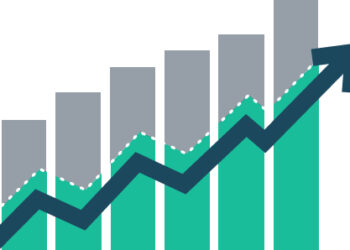By Anna Helhoski | NerdWallet
When word got around that the burger chain Wendy’s would start surging prices in 2025, the backlash was swift. What followed was a swarm of media coverage, outraged customers, late-night TV jokes and a bevy of spicy memes.
It seemed the fast food chain’s alleged dastardly plans were dead on arrival. That is, they might have been if surging prices for your Frosty and fries was what Wendy’s was really planning to do. Wendy’s quickly clarified that it wasn’t surge pricing, after all; it was actually using “dynamic pricing.” That distinction is key, but it’s still business-school speak that’s not clear to most people.
“I think they didn’t think through how people would interpret that phrase,” says Robert Shumsky, a professor of operations management at Dartmouth University’s Tuck School of Business.
Here’s the difference: Surge pricing uses real-time supply and demand data to raise — and only raise — prices. If you’ve ever tried to get a rideshare during rush hour, you’ve experienced how surge pricing hikes up the cost of your fare. Dynamic pricing, on the other hand, uses real-time supply and demand data to fluctuate prices up or down.
Rather than raising prices in response to high customer demand, as the public assumed, Wendy’s says it plans to use artificial intelligence algorithms to lower prices during slow times, according to a statement from Wendy’s to NerdWallet on Feb. 27.
All of this is to say that what Wendy’s is doing isn’t all that new. Consumers are already paying for goods and services set by dynamic pricing in lots of industries — including food and hospitality.
However, technology is making it much easier to alter prices in real-time using an algorithm. And the availability of that resource has its appeal to businesses that hadn’t previously been able to price based on real-time factors.
On the surface, the most puzzling piece of the reaction to Wendy’s is that…
Read the full article here







